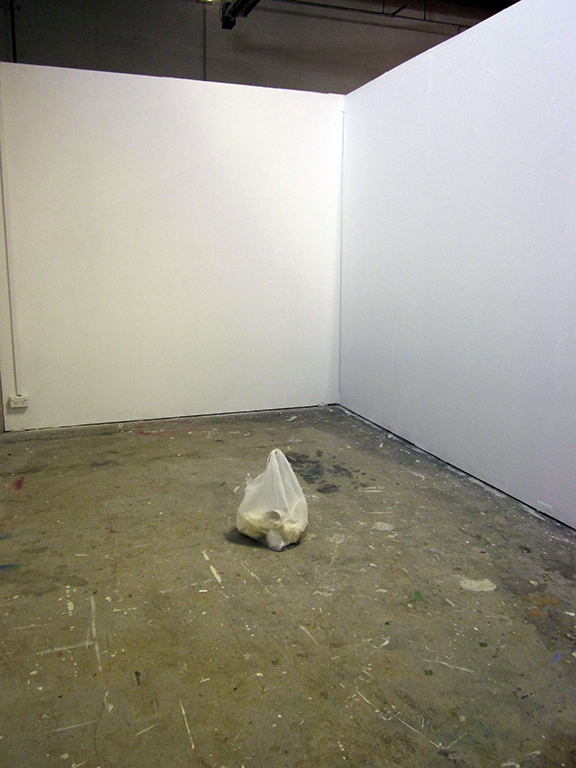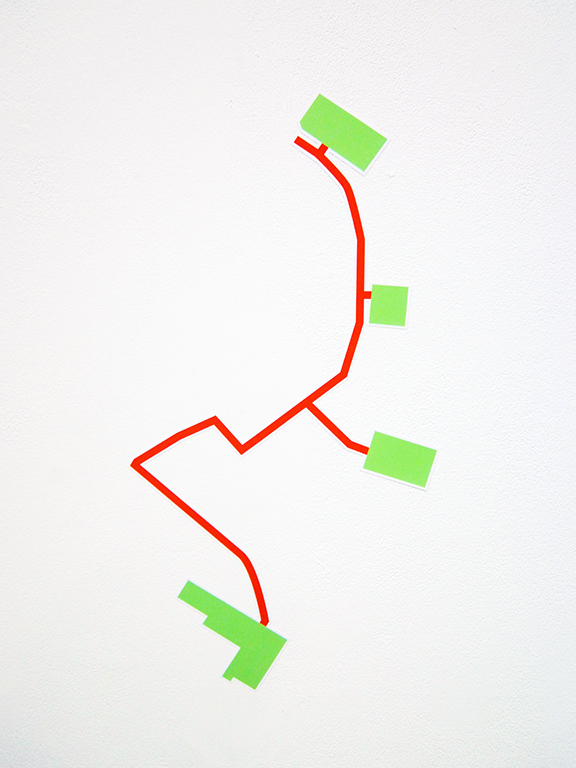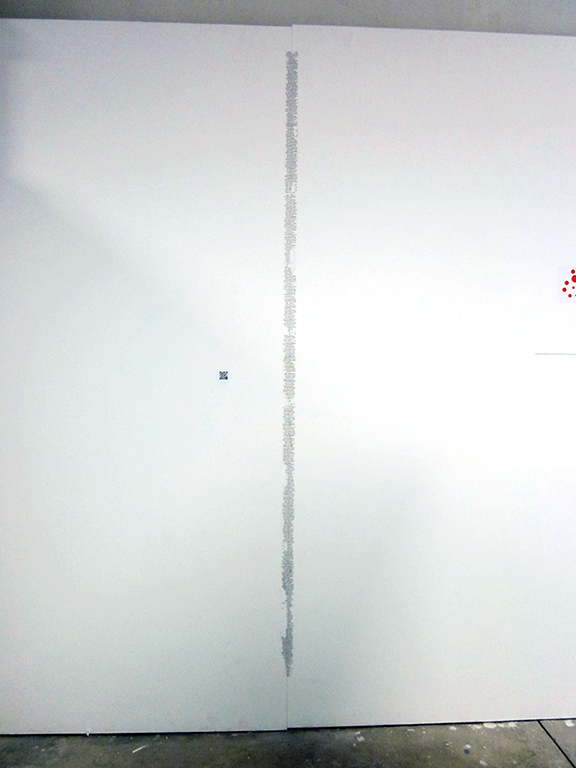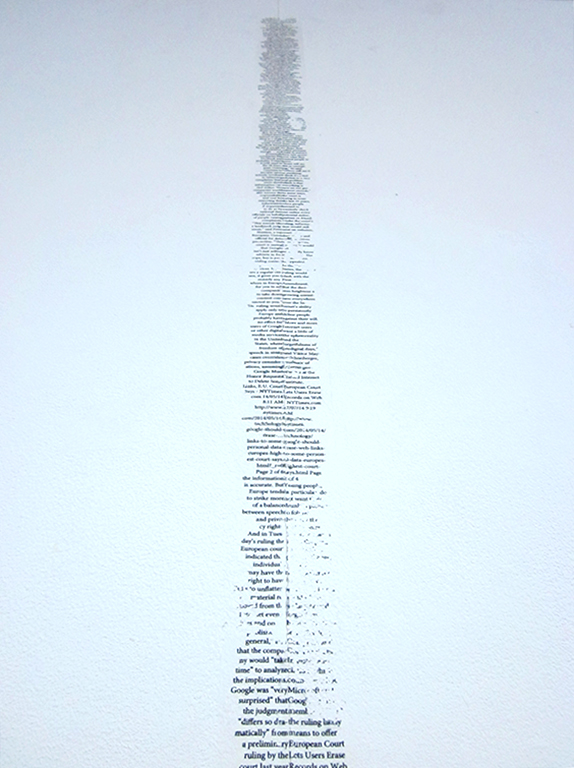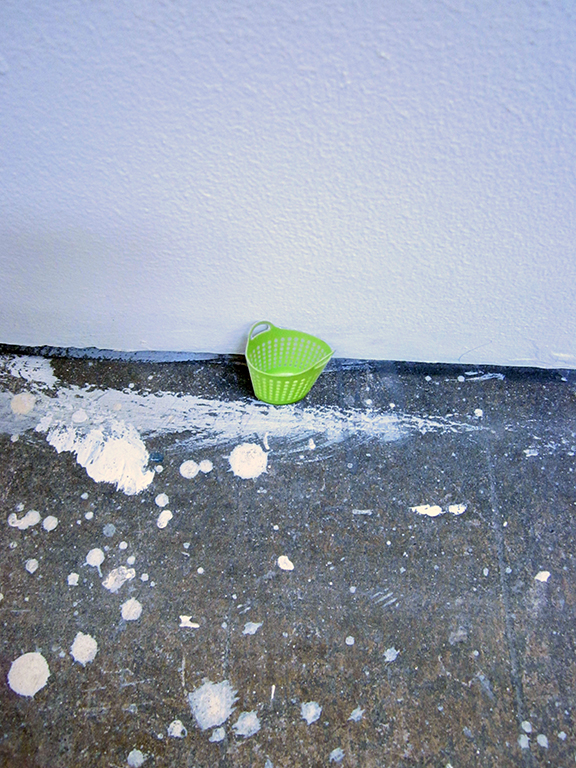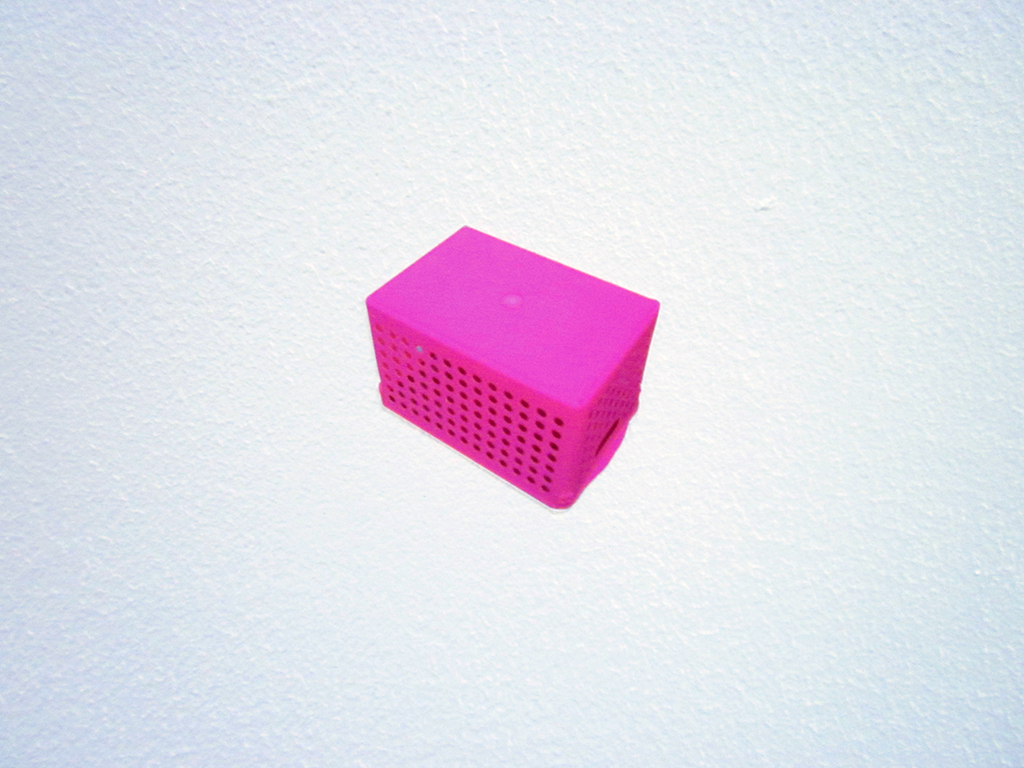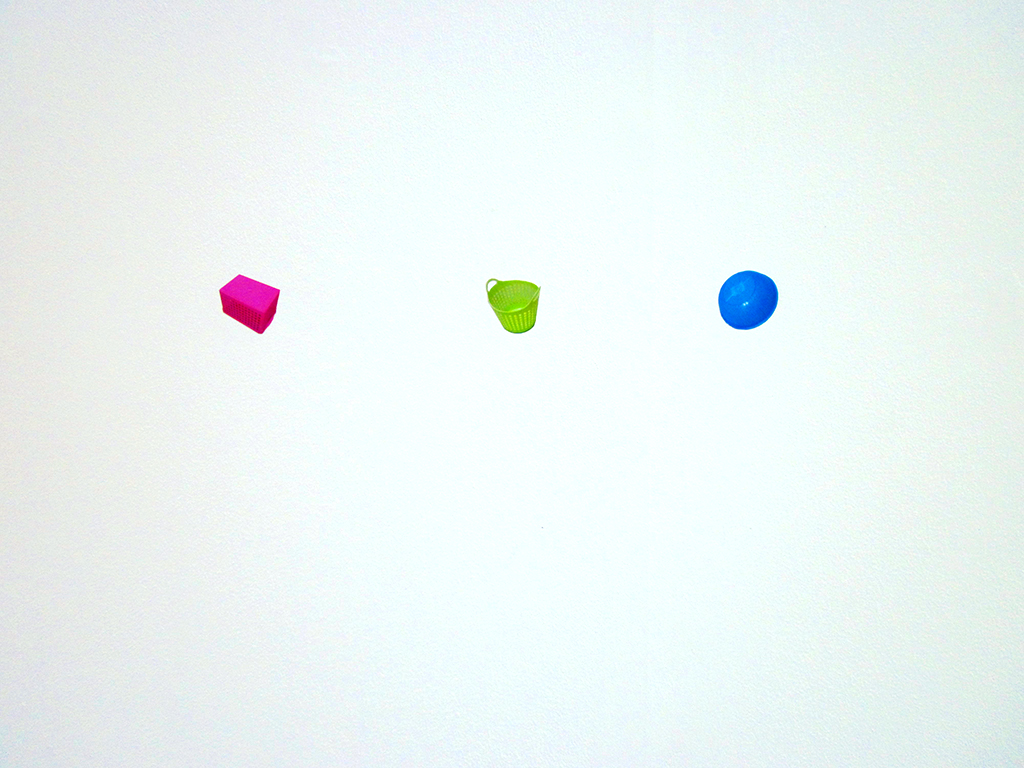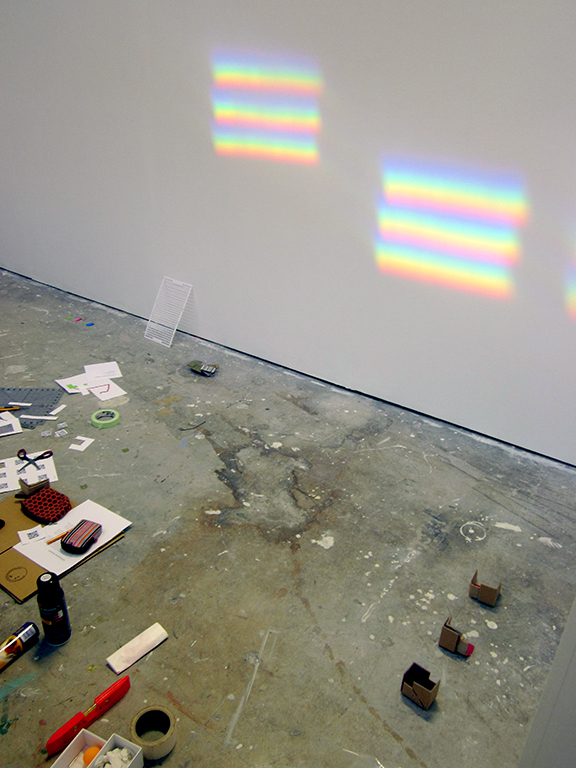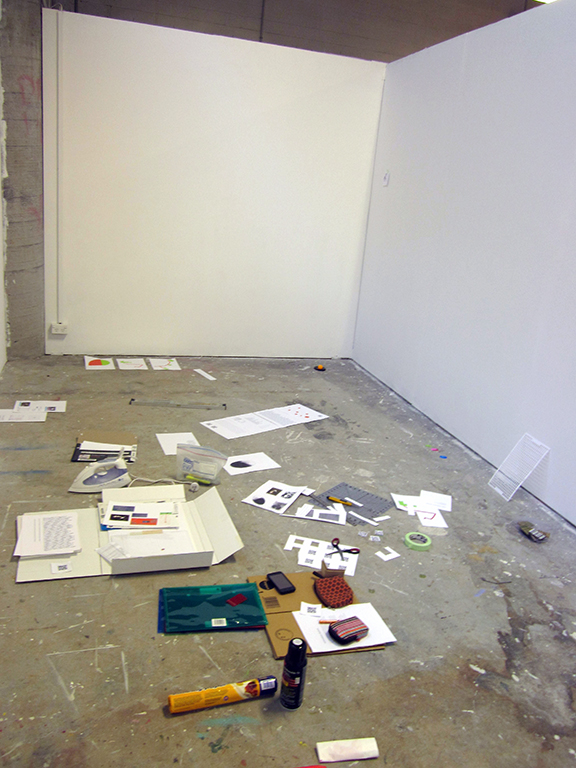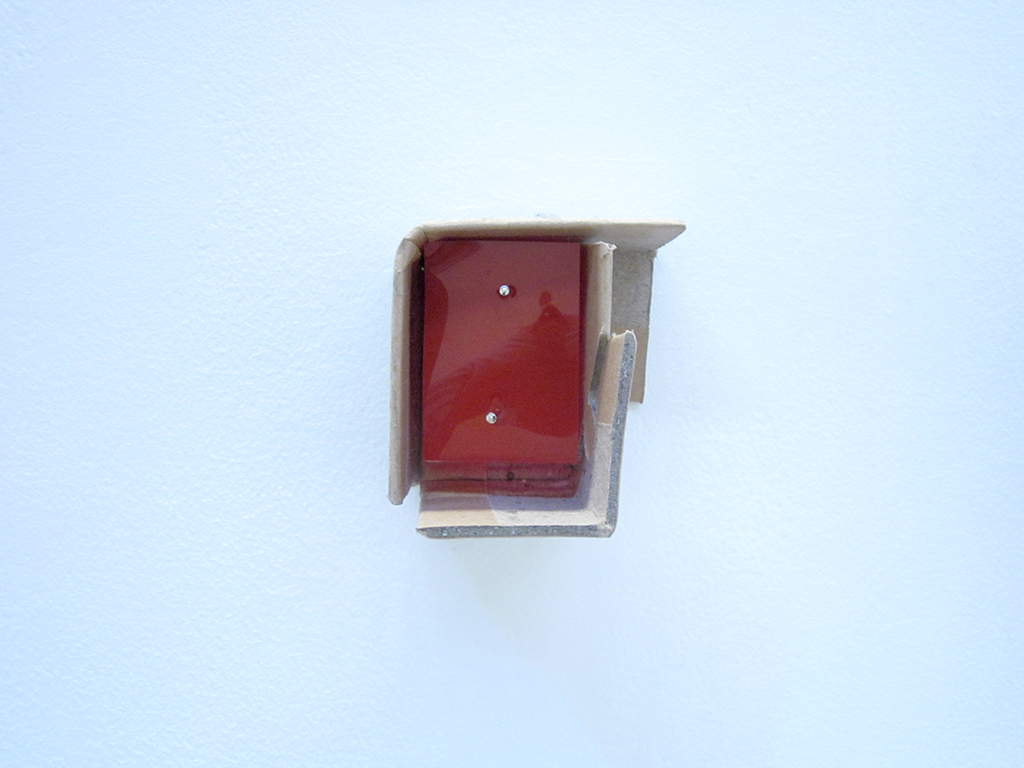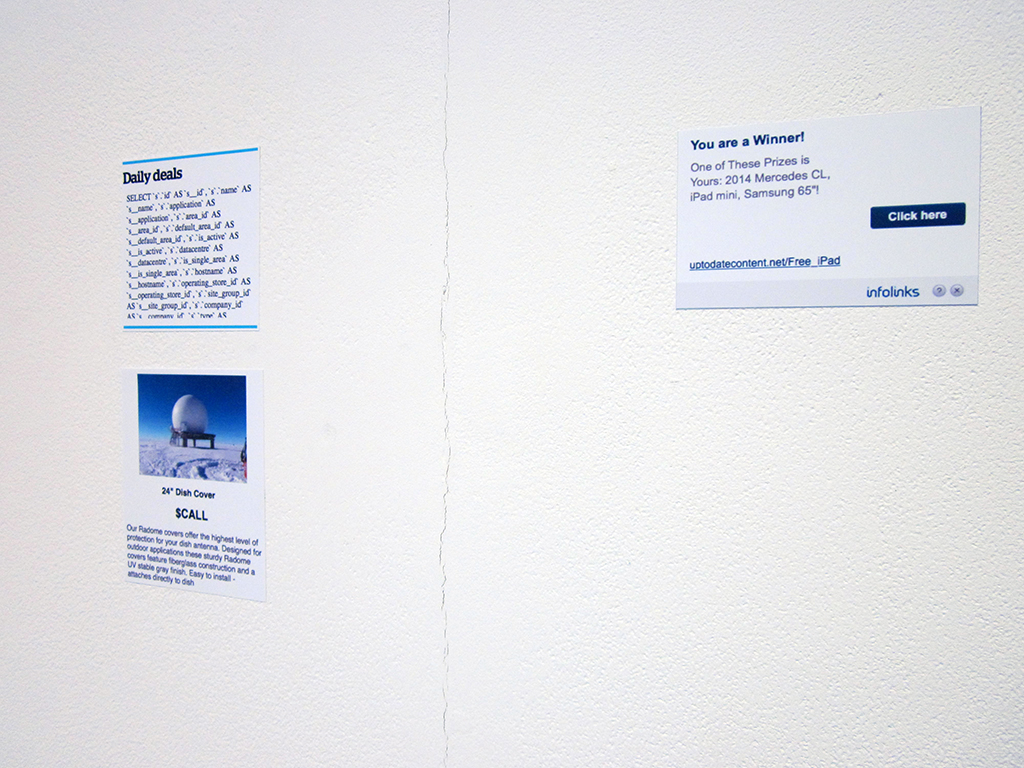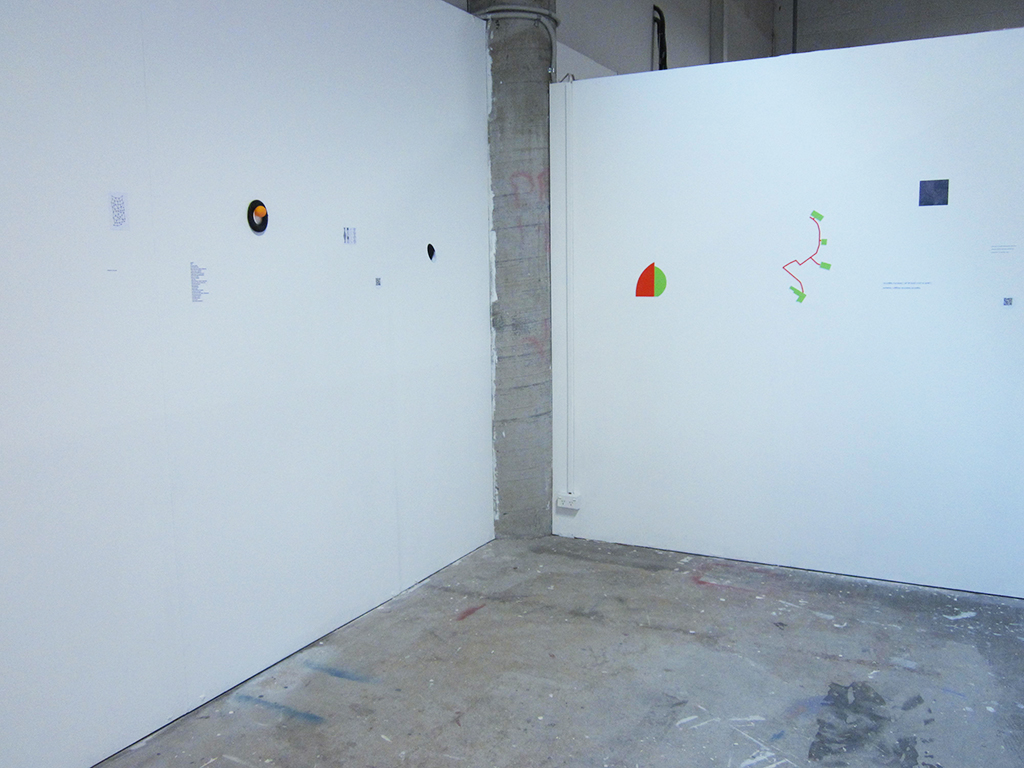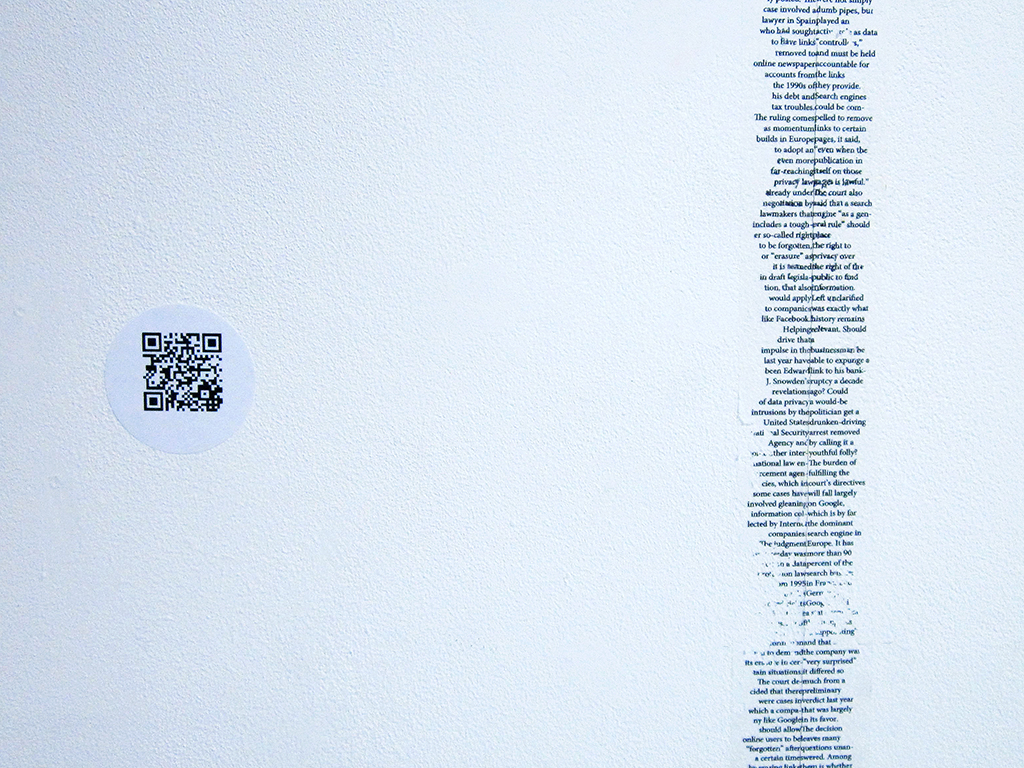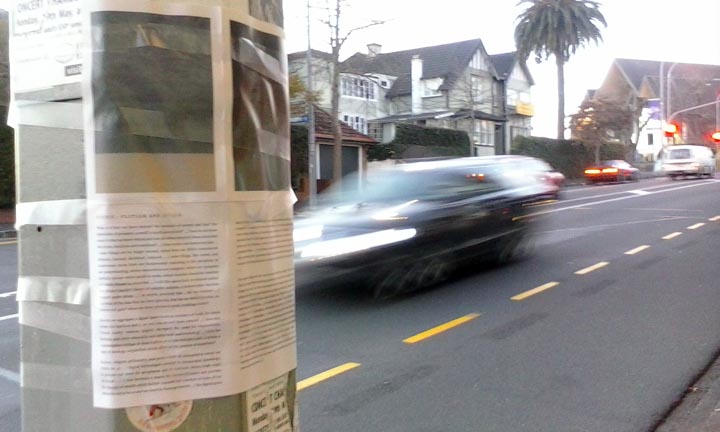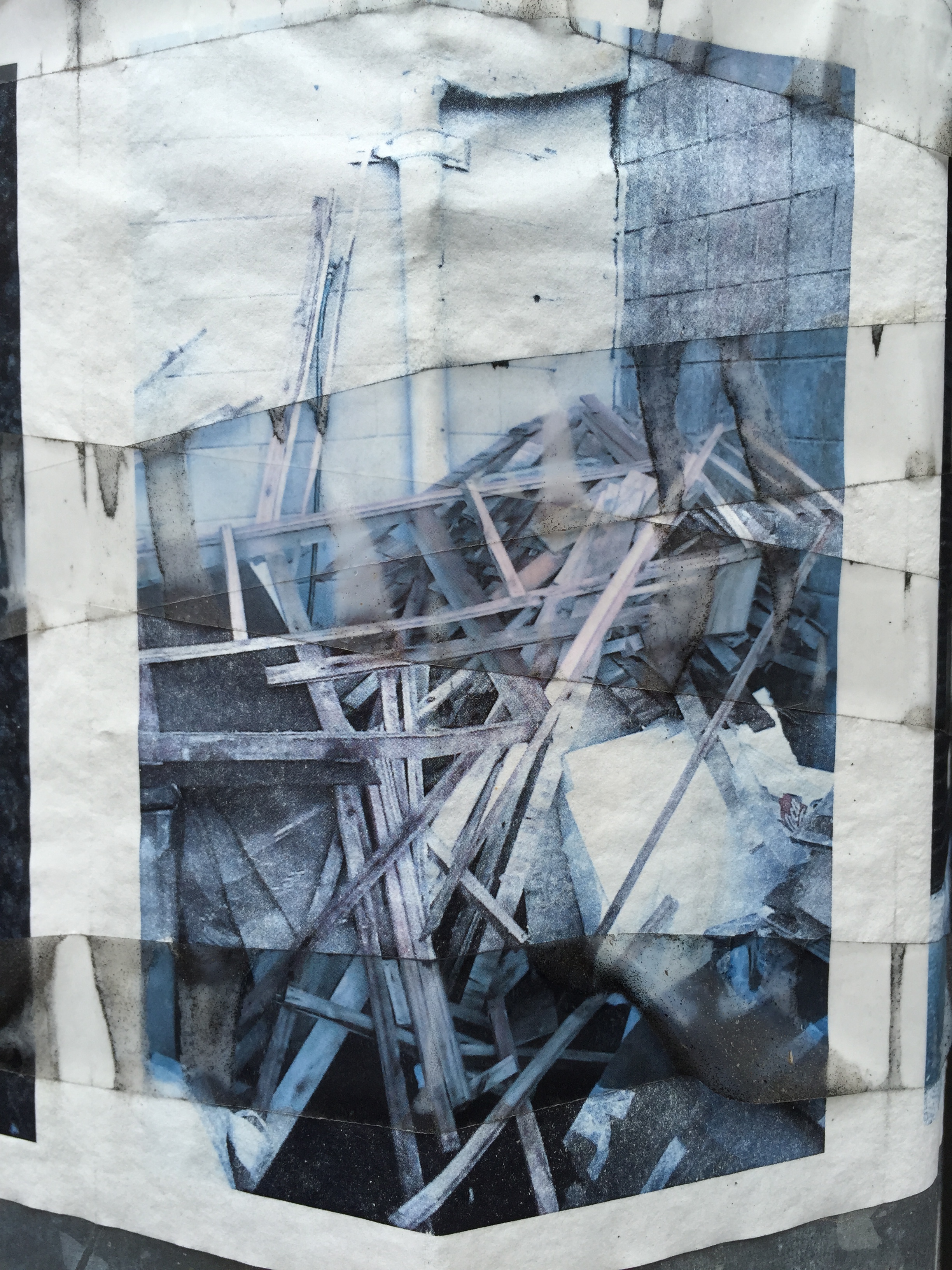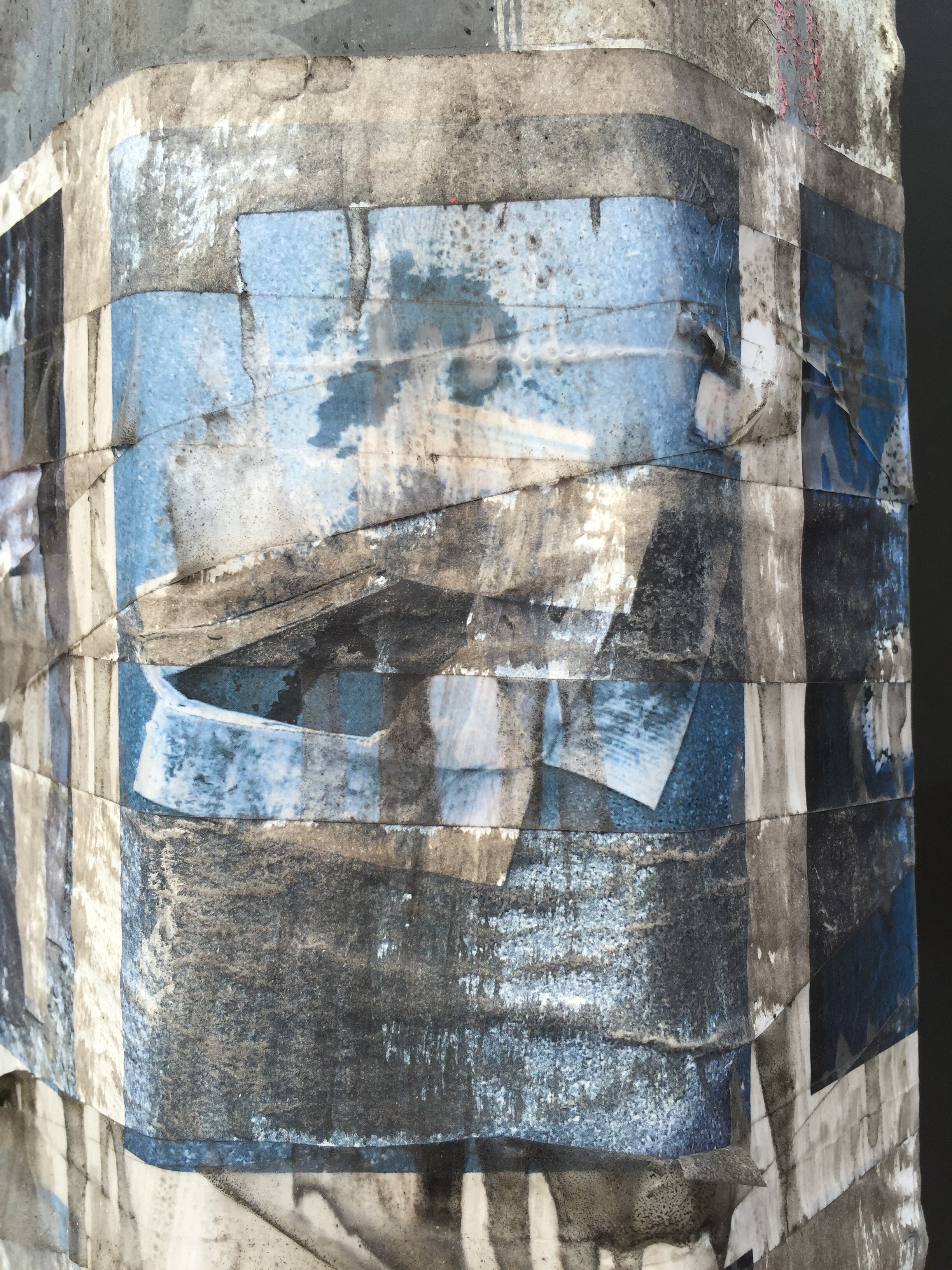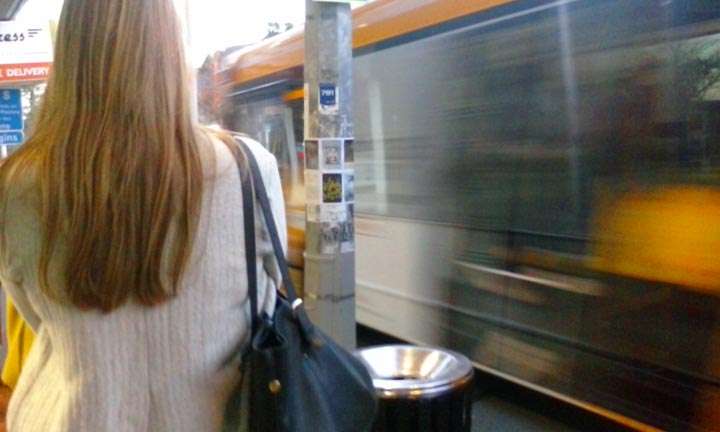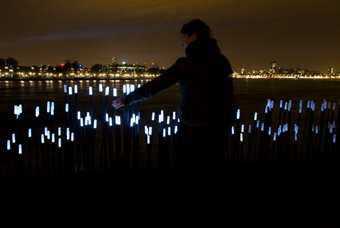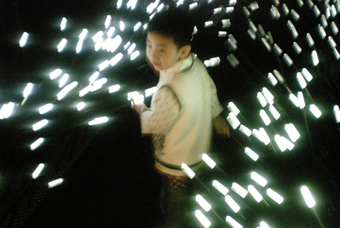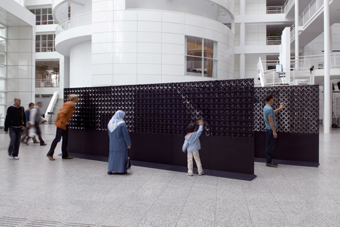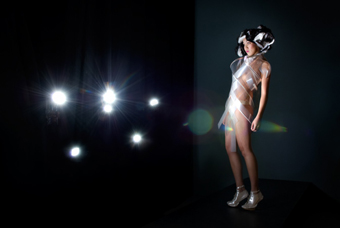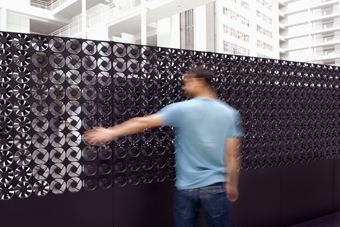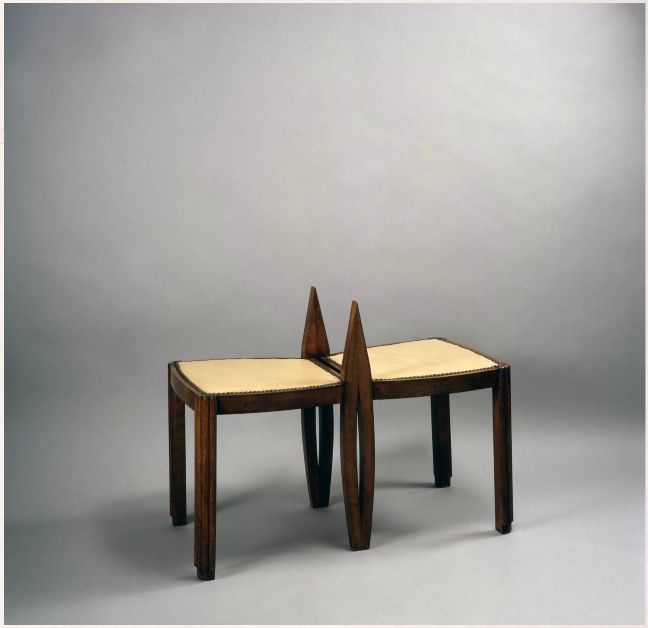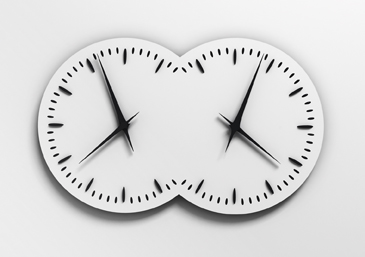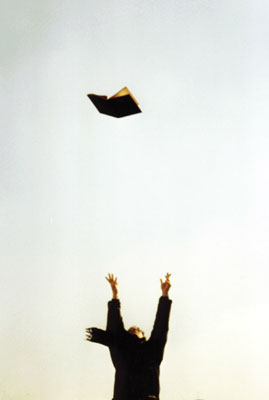 [image] Simon Starling, Project for a Masquerade (Hiroshima) 2010. Courtesy Casey Kaplan, New York.
[image] Simon Starling, Project for a Masquerade (Hiroshima) 2010. Courtesy Casey Kaplan, New York.
There is no denying Simon Starling’s ability to tell a story; his works evoke the image of the pseudo-scientist raconteur, tweed jacket and all, explaining his latest inventions and in true Umberto Eco fashion, Starling is able to weave the most delicate of threads to present his audience with a narrative which is intricately connected, ingeniously assembled, carefully constructed and meticulously presented. There is a theatrical stage-like quality to his installations and as you approach from the foyer of the City Gallery, you are immediately asked to make some decisions in terms of where to start. There are no way-finding devices or clever prompts to guide you, and as you enter either one of the assigned ‘rooms’ you step into the magical world of Starling’s research and investigations, metaphors and symbols, double meanings and multiplicities.
His installations are traditional in the sculptural sense, three dimensional objects in the round but at times Starling steps into the role of film maker and director where the moving image is used as a technique to explain the genesis behind some of the works. These films become art works in themselves and they accompany the objects presented where they interconnect seamlessly within the larger story adding another layer to the complex narratives within Starling’s work. Film or video installations often can be a contentious medium for a gallery setting, but Starling’s ability to hold his audience through the use of the narrator’s voice, which acts as an authoritative link similar to a David Attenborough voiceover, connects the documentary with the narrative, the scientific with the fantasy, and teases his audience into his works through the universal bond of voice and language.
As you move from room to room, Starling takes you deeper and deeper into his research as the meaning behind each installation reveals itself. Meandering through each of the rooms you find yourself in a loop where you must then track back, experiencing the works again, from a different angle or in reverse. This technique sets-up an interaction with the viewer which suggests that the story has not concluded or that there may be deeper meanings to be considered. Starling develops a relationship between his audience and his works which establishes an ongoing dialogue, opens up a discourse and initiates pathways for new discoveries. The convention for artists is to allow an audience to interpret their creations through the viewers own experience but Starling’s approach is the reverse, he presents his audience with his research and exposes the thinking behind his works with evidence which support his theories and allows for further investigations into his recurring themes which are evident throughout all of Starling’s works.
In Project for a Masquerade (Hiroshima) Starling presents his audience with a theatrical proposition whereby the characters step out from the stage and become participants in the audiences’ experience. A room or chamber sets the scene as you approach. Two solitary figures face each other. They occupy the space which acts as an anti-chamber, a sacred entrance from which the haunting sounds of the Japanese noh-kan, a bamboo flute used in hayashi-kata (instrumental arrangements for Noh plays), is over-laid with the voice of a narrator which is audible in the adjoining room. These figures are minimalist in structure, iron skeletal framed tripods which stand in perfect counterpoise. Polished amorphous wooden objects attached to elongated necks act as heads. They resemble masks and the negative spaces stare at you ominously. These sentinels dare the viewer to pass by them, watched, and to witness the rites occurring in the sacrificial chamber.
Upon entering the chamber, the glow of the screen fills a large room and you are quickly consumed by the voice, the repetitive motions of a wood carver’s hands (depending at which point you joined in of course) and the “fictional story [of] Eboshi-ori, the 16th century Japanese tale of a noble boy” (Leonard, 2014, p. 37) begins to unfold itself. The film goes on to tell the story behind the tale itself and it introduces us to the characters, the premise for the play and as a result the history behind the sentinel masks you first encountered in the anti-chamber is revealed. Through watching the film you discover the weave that Starling has created and his ability to allude to the interconnected world of stories, experiences, political events, entertainers, science, theater and craft is manifested through the making of the masks. Starling’s work contains a variety of parallel themes running in conjunction and although the subject matters portrayed are of a catastrophic world changing historical event, his whimsical approach to the re-telling of the Noh story is eased on to us through the most unlikely cast of characters assembled, including James Bond, Colonel Saunders, Enrico Fermi, Anthony Blunt, Joseph Hirschhorn, and Henry Moore’s (who also has a dual role) Nuclear Energy/Atom Piece disguised as Ushiwaka (Leonard, p. 40). They all take part to portray a fictional cold war trial involving multiple identities, espionage, deceit and the exploits of science, art and commerce in the evolution of the atom bomb, and, all of this told through the lens of the Polish American street gang, Chicago’s the Back of the Yards Boys who act as the film makers.
These complex story lines are typical of Starlings’ works which are anchored in his concerns for the future of humanity and he expresses these ideologies through the reinterpretation of historical and scientific moments in time; yet what intrigues me most in Starling’s work is his ability to meld the audiences senses’ into a gallery experience; not only through the scope of his topics but also through his ability to play with the layers of cognitive intuition and interpretation through the intersection and cross-over of human perception and consciousness.
Sight and intellect play the major roles in this theatrical experience and the visual experience is stimulated in a varying of perceptible ways in varying dimensions. The written descriptions and the exhibition catalogue act as companions to the pieces and allow the audience to participate in the experience through a deeper understanding but sound acts as the conduit to reason and throughout this exhibition sound is evident everywhere. Not every piece is activated through sound but as a result of proximity there is always some sort of reverberation present. Whether it’s the whir of the bespoke film projector, the clanking of metal, the voice of the narrator, the hum of the projectors fan, the haunting sounds of distant cultures or the resonance of the machines that define their makers, their rhythmic patterns are always present. These incessantly audible sounds entice the viewer further into each of Starling’s pieces. They act as navigational devices which prompt the audience to inquisitively explore further; they assist the audience in accessing the same connections that Starling uses in the making of his works, in a similar way to that youthful exuberance of someone calling out to you from deep within the forest, beckoning you to come and see what they have found and wanting to share in the thrill of their discoveries. Yet another layer in Starling’s repertoire of emotional threads where truth and fiction come together to spin another tale of wonderment and disbelief.
Reference
Leonard, R. (2013). Please explain. In Simon Starling: In Speculum [Exhibition Catalogue] (pp. 23-51). Wellington, New Zealand: City Gallery Wellington Te Whare Toi.
Cover image: Simon Starling 2010. Still from Project For A Masquerade (Hiroshima),16 mm film transferred to HD. Duration: 25:54 minutes. Retrieved from: http://caseykaplangallery.com/exhibition-images/
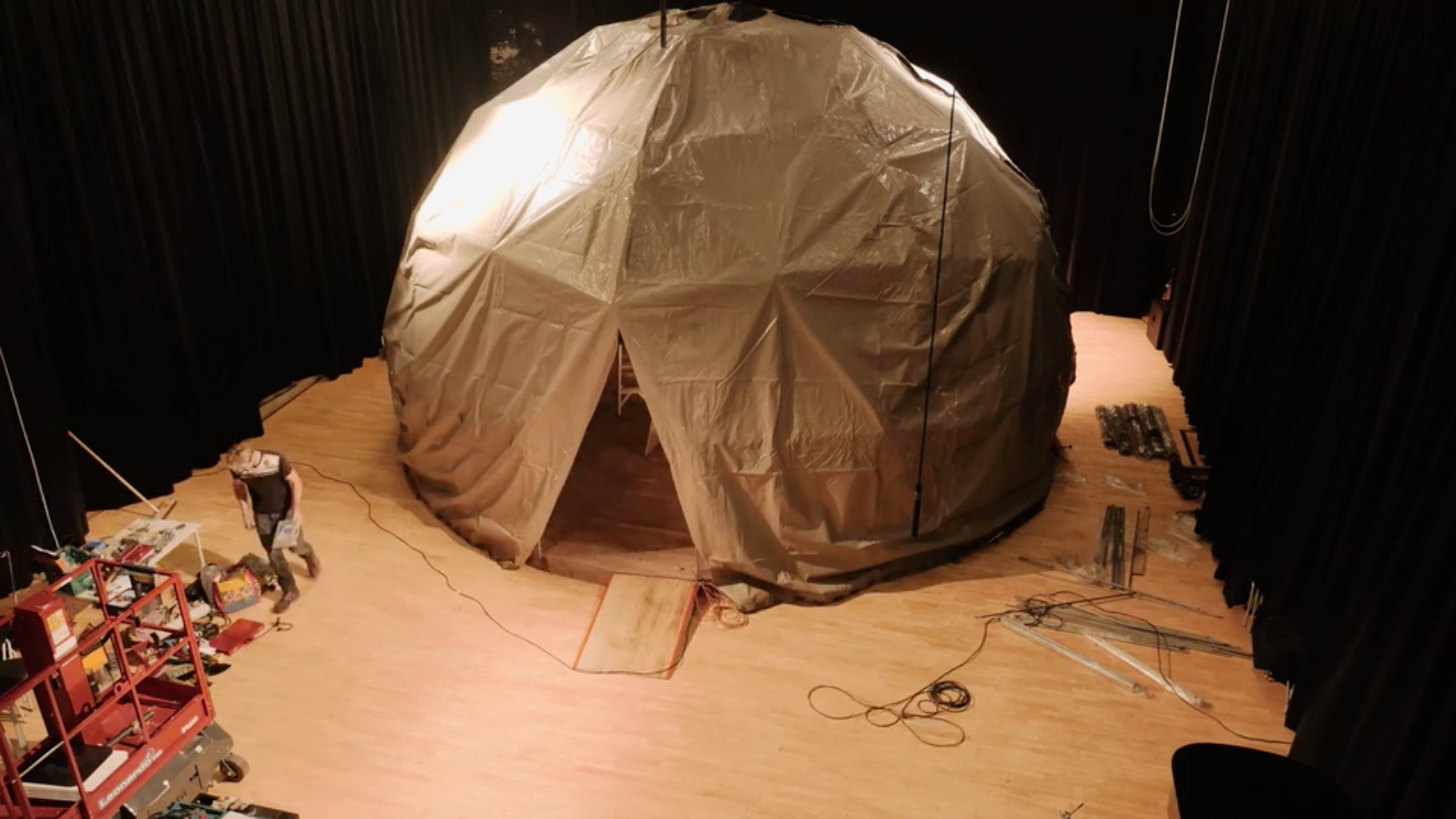
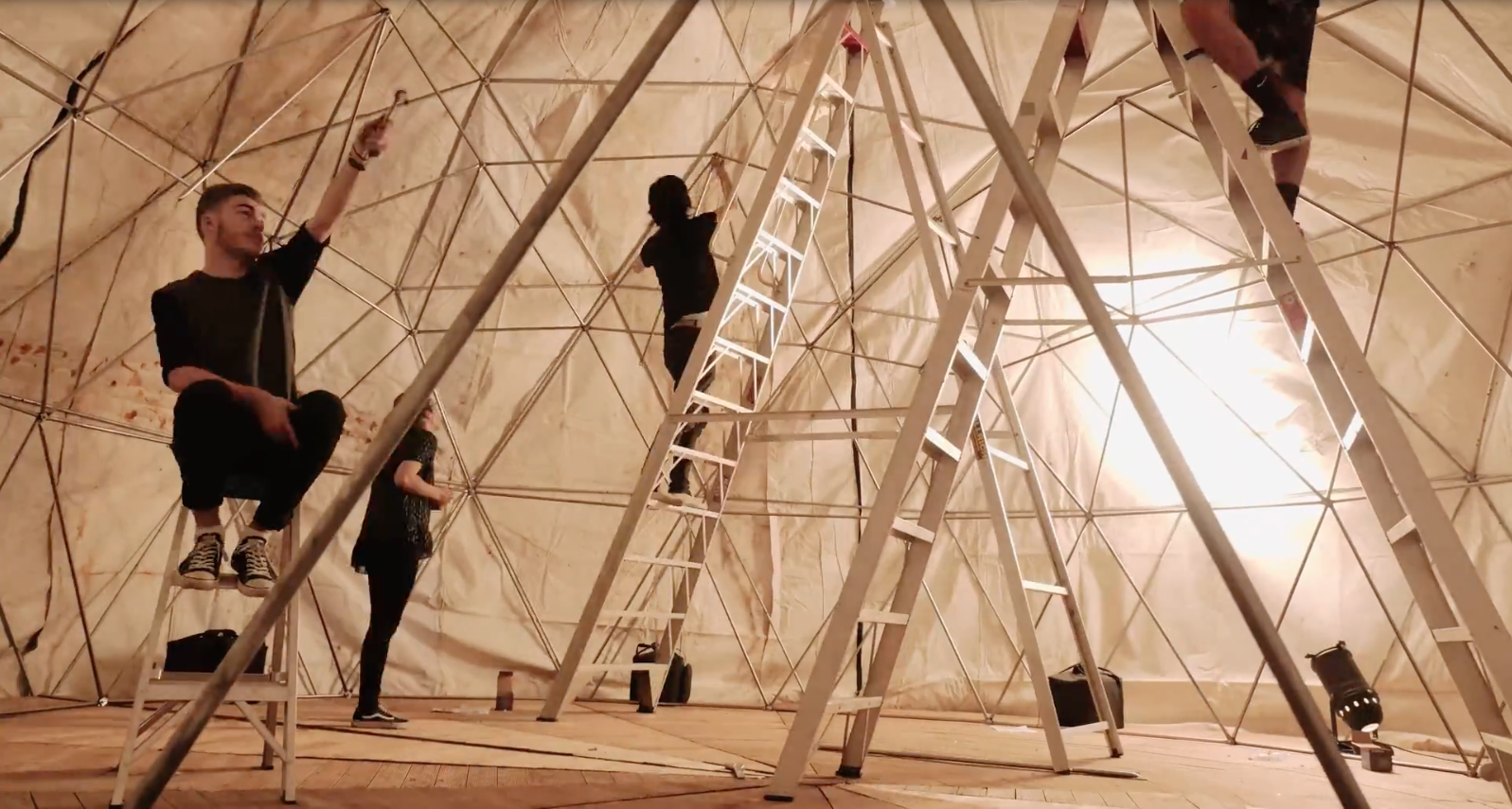
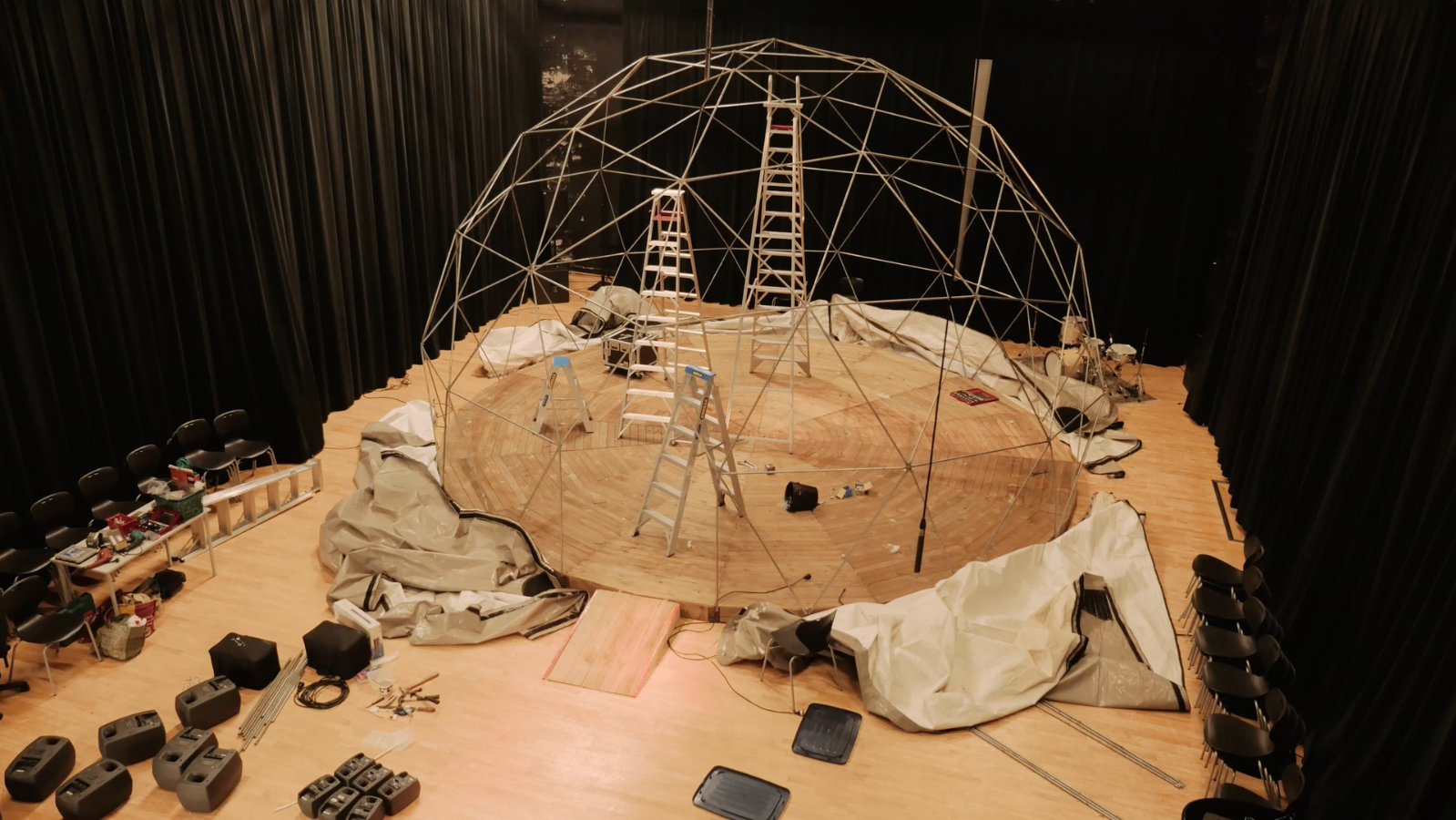
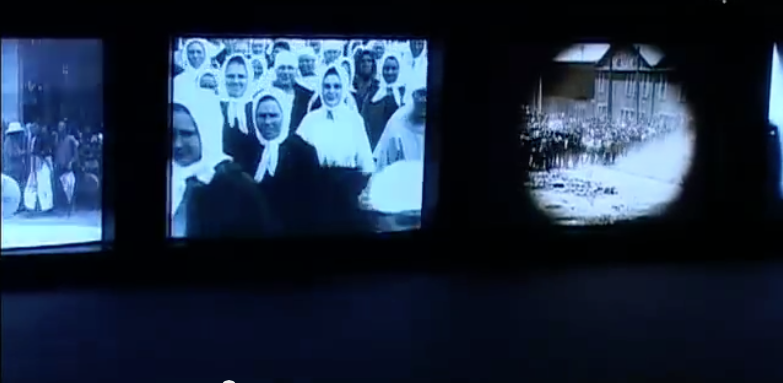 http://youtu.be/IAwkneBcB04
http://youtu.be/IAwkneBcB04
